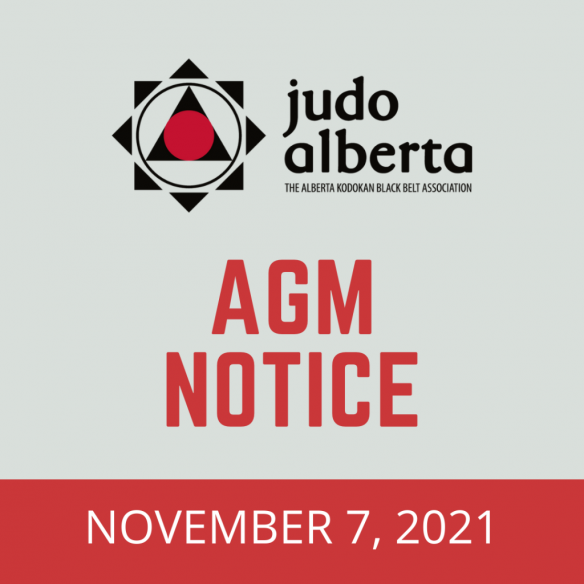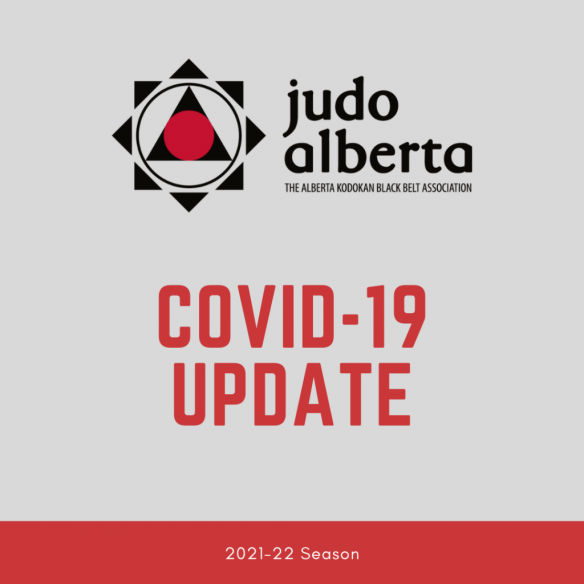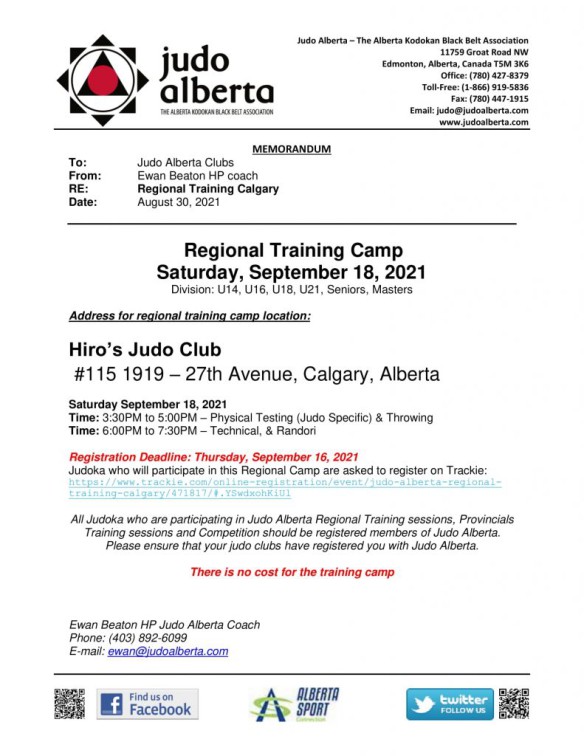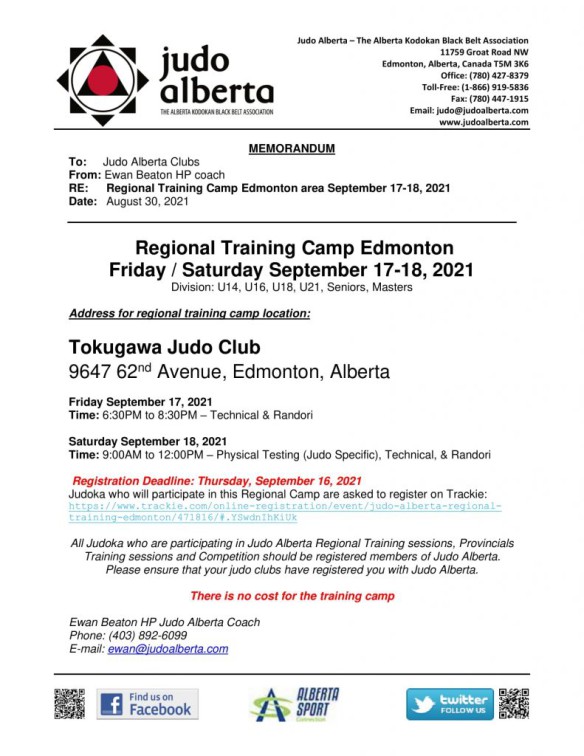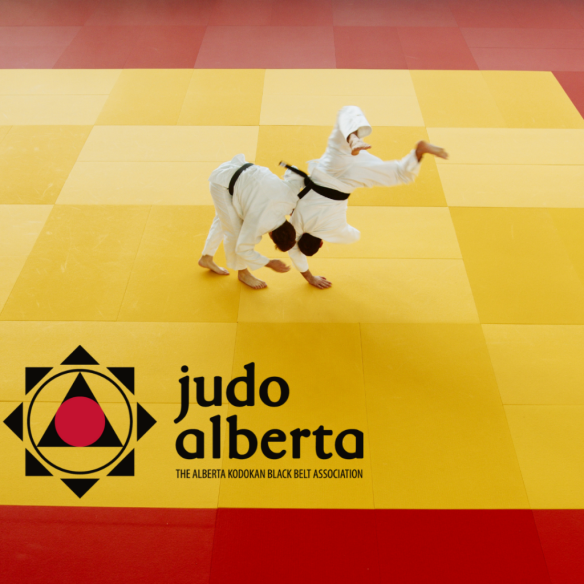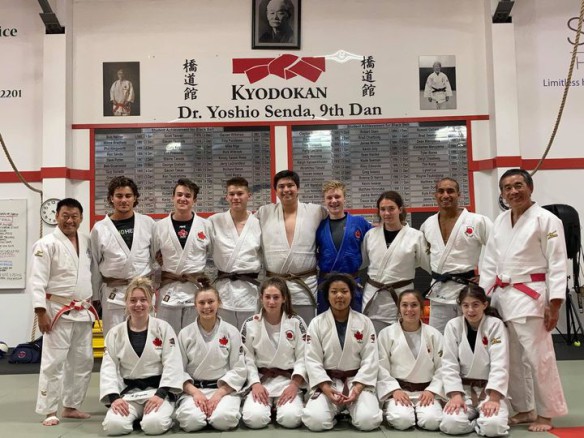Jul 19, 2021
IOC rules and regulations: https://olympics.com/ioc/documents/olympic-games/tokyo-2020-olympic-games
The Tokyo 2020 Olympic Games are about to begin. The day after the opening ceremony, which will be held on Friday 23rd July, the first two categories of the judo tournament will be in action on the tatami of the Budokan. Find hereafter useful information related to the judo event.
DATES
24th – 31st July 2021
VENUE
Budokan, 2-3 Kitanomarukōen, Chiyoda City, Tokyo 102-8321, Japan
SOCIAL MEDIA
Use the following hashtags in all your communication related to judo during the Games
#Tokyo2020
#JudoTokyo2020
#Judo
#MoreThanSport
Tag: @Olympics and use #StrongerTogether #Tokyo2020 #Olympic
PROGRAMME
Saturday 24th JULY 2021: DAY 1 (W: -48 kg mat 1, M: -60 kg mat 2)
11:00: Preliminaries – 17:00: Final Block and medal ceremonies
Sunday 25th JULY 2021: DAY 2 (W: -52 kg mat 2, M: -66 kg mat 1)
11:00: Preliminaries – 17:00: Final Block and medal ceremonies
Monday 26th JULY 2021: DAY 3 (W: -57 kg mat 1, M: -73 kg mat 2)
11:00: Preliminaries – 17:00: Final Block and medal ceremonies
Tuesday 27th JULY 2021: DAY 4 (W: -63 kg mat 2, M: -81 kg mat 1)
11:00: Preliminaries – 17:00: Final Block and medal ceremonies
Wednesday 28th JULY 2021: DAY 5(W: -70 kg mat 1, M: -90 kg mat 2)
11:00: Preliminaries – 17:00: Final Block and medal ceremonies
Thursday 29th JULY 2021: DAY 6 (W: -78 kg mat 2, M: -100 kg mat 1)
11:00: Preliminaries – 17:00: Final Block and medal ceremonies
Friday 30th JULY 2021: DAY 7 (W: +78 kg mat 1, M: +100 kg mat 2)
11:00: Preliminaries – 17:00: Final Block and medal ceremonies
Saturday 31st JULY 2021: DAY 8 Mixed Team Event
11:00: Preliminaries – 17:00: Final Block and medal ceremonies
OFFICIAL DRAW
The official draw of the competition will be held on Thursday 22nd July
Time: 14:00 local time
Location: Online
MIXED ZONE
All athletes leaving the field of play will pass through the mixed zone.
PRESS CONFERENCES
Each day after medal ceremonies
DURATION: 20-30 min
Interpreters will be provided by Tokyo 2020 and will be connected remotely.
Facilitation will be managed in English by the Venue Media Manager
IJF and AJJF can request additional Press Conferences upon approval by the Venue Media Manager
Individual Day 1-Day 7
Press conference of women’s medallists will begin around 20:00 and will be followed by the men. Each press conference is attended by the 4 medallists (BronzeA, BronzeB, Silver, Gold) in one row.
Mixed Team Day 8 Press conference will be held in order of BronzeA, BronzeB, Silver, Gold Each press conference attended by full NOC team inscribed for the mixed team event (Maximum of 12 Judokas). They will be seated in two rows 6-6, staggered. Back row on stools for visibility.
Untitled-attachment-00171
By judoab
Feature, News


